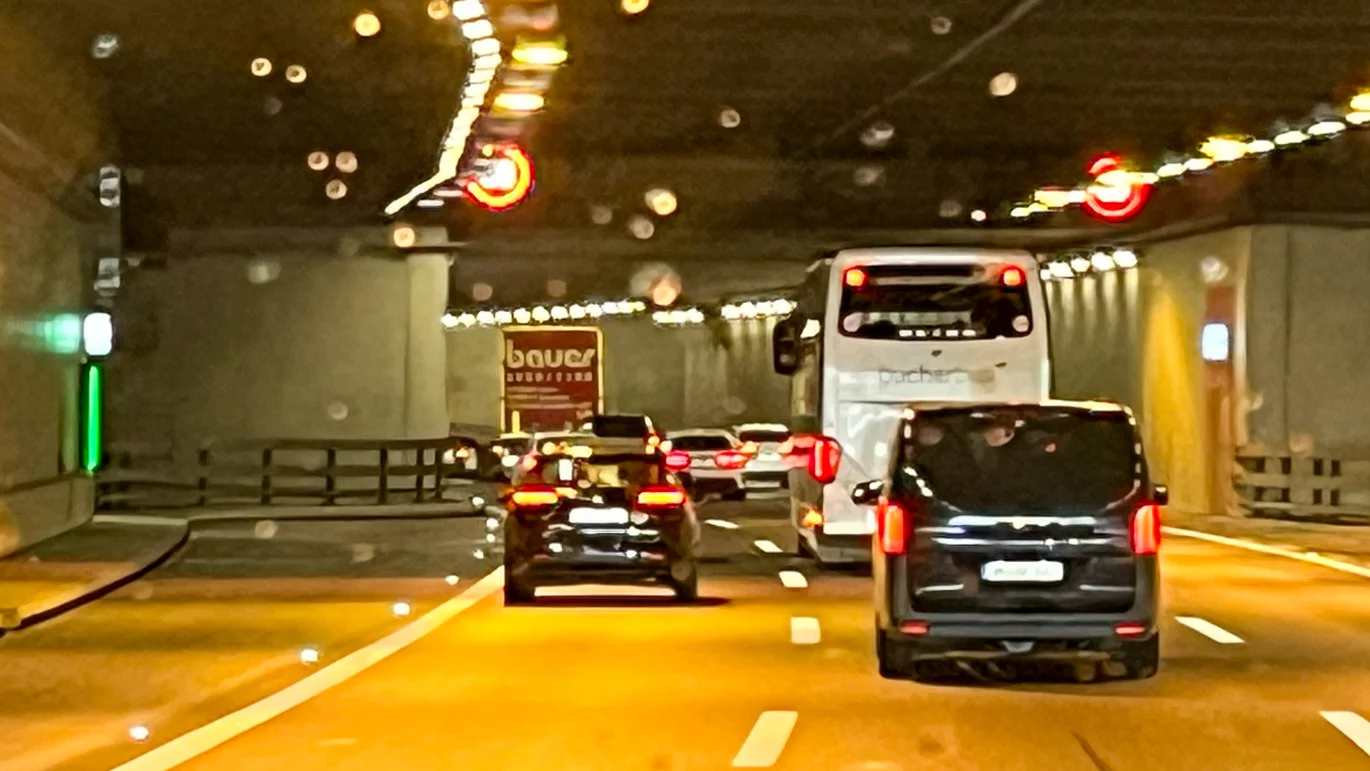In order to decide what to do in the event of a fire incident in the tunnel, tunnel users need information. If they are standing in a traffic jam at some distance from the incident, they are usually unable to assess the situation themselves. They are dependent on information. Therefore, tunnel users often look to others for guidance. It can have both positive and negative effects.
Groups behave differently from individuals
Additional persons in the vehicle can already prolong the reaction time to warning signals. For example, it was found that in groups - such as families - the same behaviour is usually expected from everyone. Groups can therefore take more time as it first has to form and its members coordinate. They also often wait for clear signs of danger before deciding to flee. When escaping, the slowest person usually sets the pace.
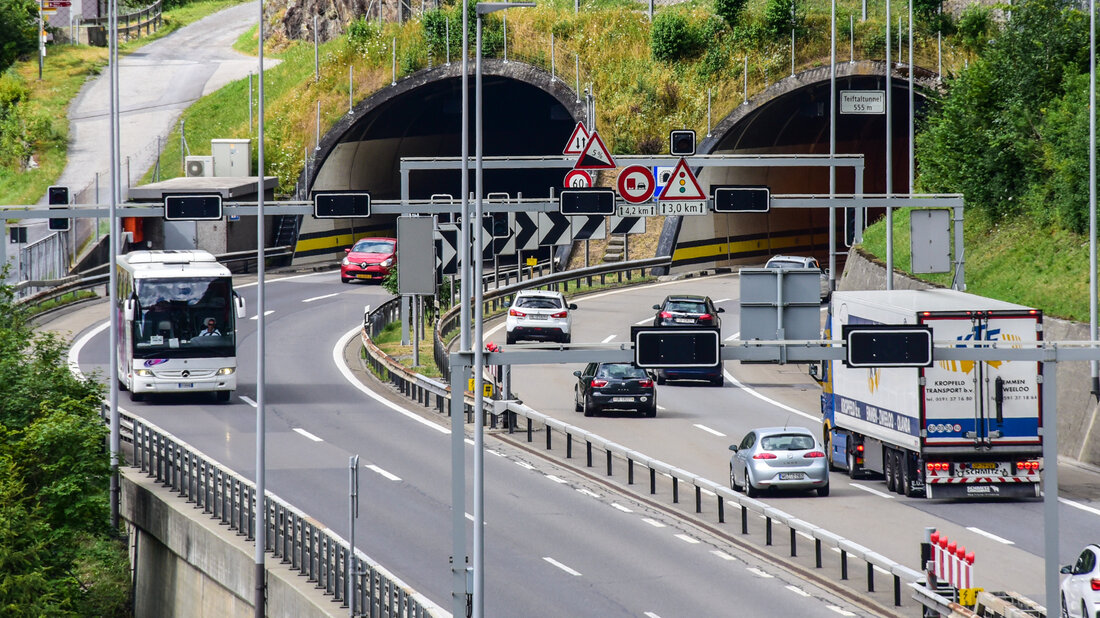
In the group, one feels less at risk
Group formation can also occur when people leave their vehicles. Tunnel users jointly observe the situation. This behaviour can make each of them feel less personally affected. As a result, the danger can be underestimated.
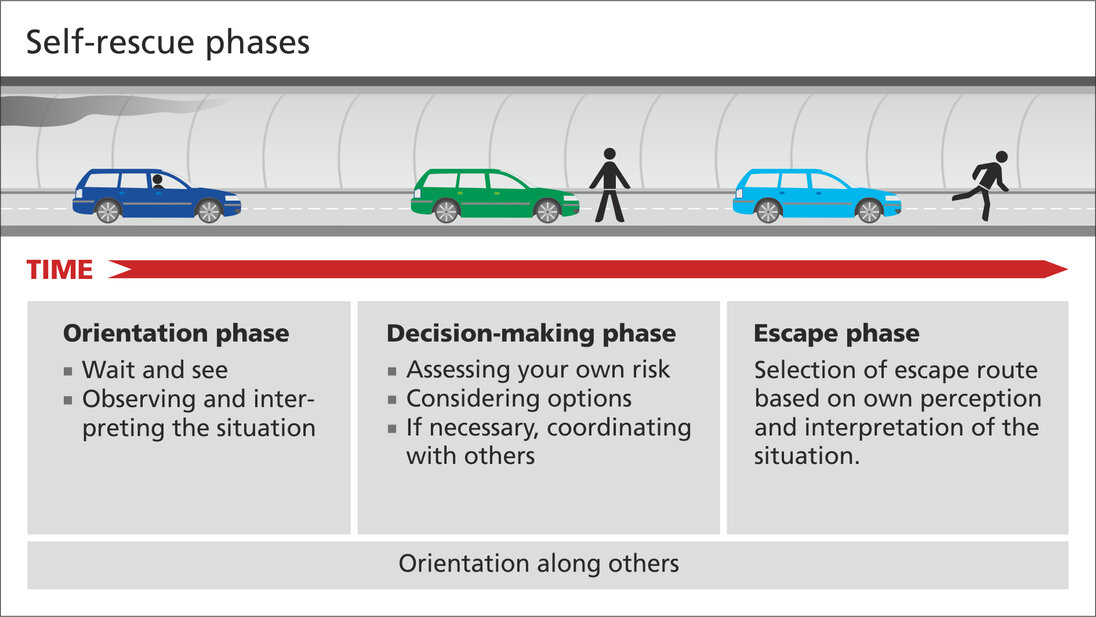
The first person who behaves differently can make a big difference
When motorists are asked to leave their vehicles by an announcement in the tunnel, they first observe other tunnel users. If no one leaves the vehicle, the tunnel users confirm each other's passivity. If one person gets out and goes to the emergency exit, there is a high probability that others will follow. Therefore, even the active action of a single person can significantly influence the escape behaviour in the tunnel.
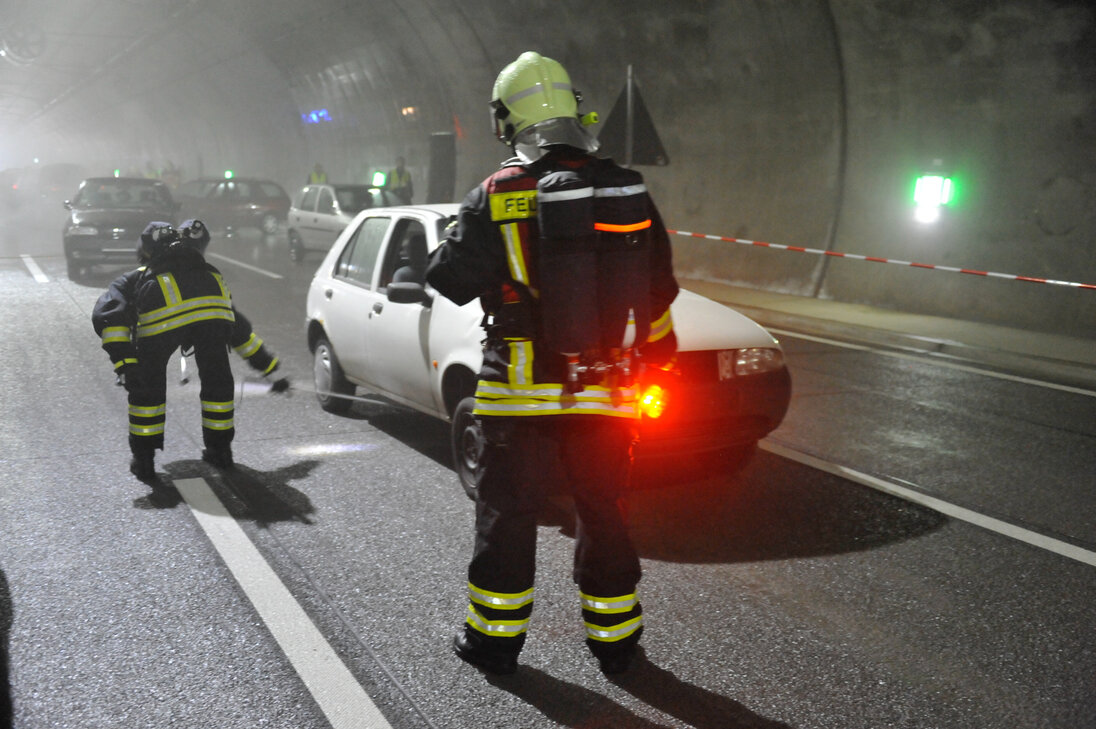
Any behaviour can find followers - even misbehaviour
But it is not only passive behaviour that can have a negative impact. The use of unfavourable escape routes can also encourage people to follow. People who leave the safe area and run towards fugitives can irritate them. It clearly illustrates: For tunnel users, a fire in the tunnel is an extraordinary occurrence to which they have to react with a completely new behaviour in the tunnel. Therefore, insecurity is a normal consequence of extraordinary circumstances - just like orienting oneself to others.
Leadership can be of vital importance
In experiments, it has been observed that tunnel users leave their vehicles more quickly, and more people go to the emergency exits when prompted with announcements. Firefighters can also take the lead and contribute with instructions to a faster evacuation and calming of the tunnel users.
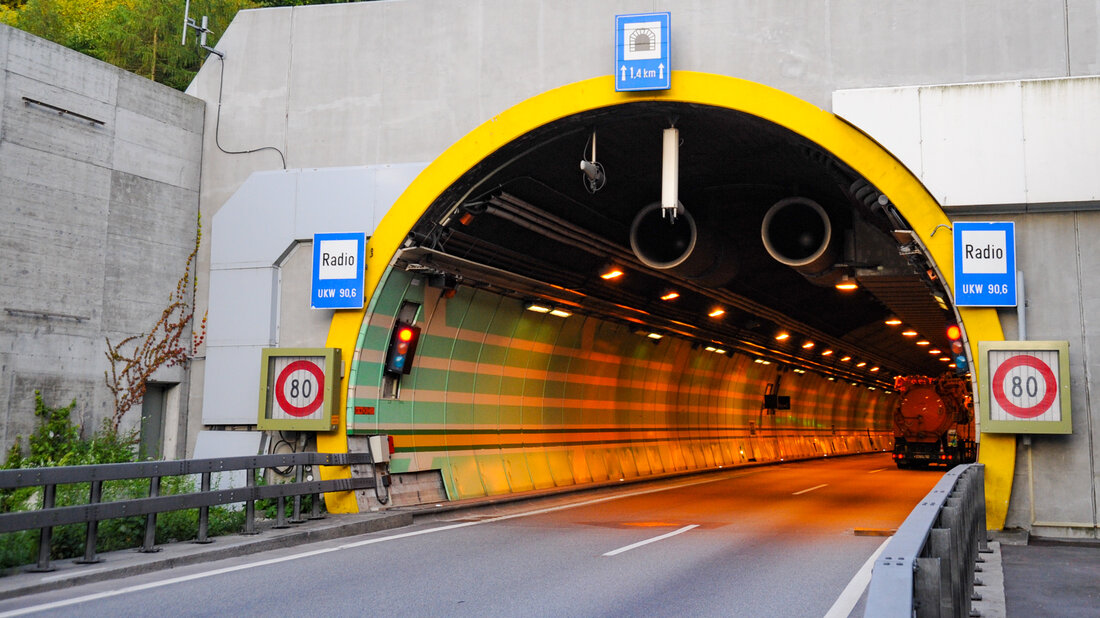
Experienced leaders can usually lead others even in an emergency
Even people who only happen to be affected as tunnel users can take the lead and thereby support many people in their escape. It is especially true for people who are used to leading, for example, in their jobs or voluntary work. They can often fall back on familiar social behaviour, even in an emergency situation.
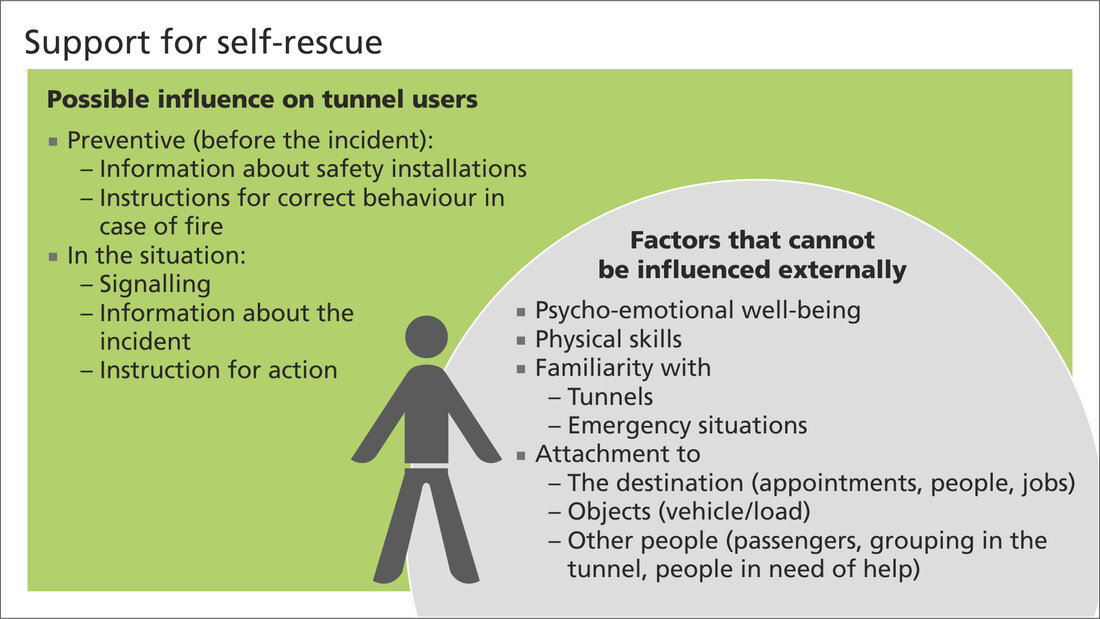
Why it is worth informing people again and again
It is hardly possible to empower all people to be able to make the right decisions in the event of a fire in the tunnel. An individual consideration will always be necessary. Under these circumstances, can much be achieved through information? What counts here is the realisation that a single well-informed person who behaves correctly during a fire incident in a tunnel can positively influence many others. Fire services with a tunnel in their catchment area should, therefore, for example, repeatedly present the correct behaviour in case of fire and the safety installations in «their tunnel» on their open day. Perhaps they will reach the one person who will make a decisive difference to the behaviour of many in the event of a tunnel fire.


